The placement of the former Canadian Pacific station in Owen Sound was the first thing that struck me as odd; the second was the station’s design. Given the overall architecture of the surrounding city dated to the 19th Century, this station was clearly from the post-war era.

Graflex Crown Graphic – Fuji Fujinon-W 1:5.6/125 – Ilford HP5+ @ ASA-200 – Pyrocat-HD (1+1+100) 9:00 @ 20C
Owen Sound’s history with the railroad is one of constant disappointment. None of the big three from the early colonial railways made their way out to the community on the Upper Great Lakes. In 1869, Scottish investor, George Laidlaw, chartered a pair of narrow-gauge railways, Toronto & Nipissing and Toronto, Grey & Bruce. For Toronto, Grey & Bruce, Laidlaw would run a line from Toronto to Orangeville and Southampton. The line reached Orangeville in 1871, and the operator saw the value in completing a branch line north from Fraxa Junction to Owen Sound. Frank Shanly and William Innes MacKenzie provided local labour for the line’s construction. One unique feature is a single stone railway bridge in Chatsworth, completed by some of the same stonemasons who worked on the Niagara Suspension Bridge. Unique in the sense that most Toronto, Grey & Bruce line infrastructure was constructed from timber. The line reached Owen Sound in 1873 and terminated north of the city’s core on the eastern side of the harbour. The area already populated by heavy industry and harbour made it the perfect spot for the line’s terminus. Toronto & Grey & Bruce completed grain silos, freight buildings, engine houses, and coal and water towers. They also complete a simple wooden shed-type station. Not much is known about this first station; after looking at historical photos of other stations on the T, G & B lines, it appeared similar to the surviving station at Unionville and Markham. The narrow gauge gamble failed to produce, and Toronto, Grey & Bruce began converting to Standard Gauge in 1881, bankrupting the company. Grand Trunk briefly took over operations until 1883 when Ontario & Quebec secured a long-term lease, which became a 999-year lease to Canadian Pacific in 1884. While the rail line proved difficult with the steep grade climb up to Owen Sound, the presence of the harbour certainly proved a draw. Under Canadian Pacific, the original station saw replacement with a Maxwell-style station in dark brick in the Prarie Style. Canadian Pacific also completed a new grain silo, a six-bay roundhouse and additional freight sheds. The most significant addition was new docks to house the fleet of Canadian Pacific steamships. Owen Sound became home to the new Steamship line to help expand both freight and passenger services to points further west.
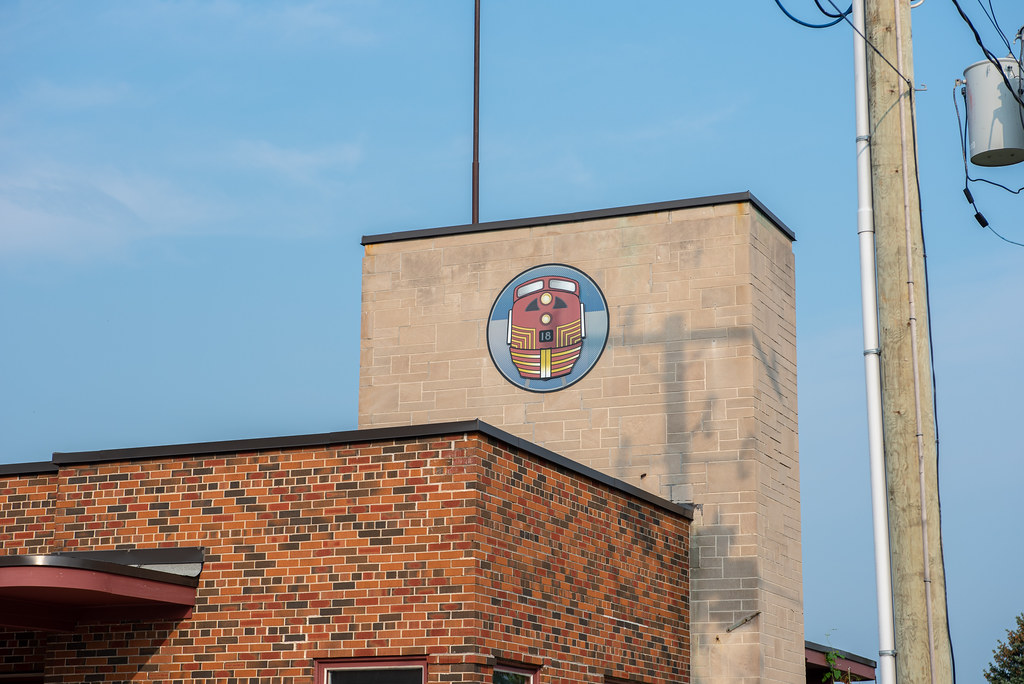
Nikon D750 – AF-S Nikkor 28-70mm 1:2.8D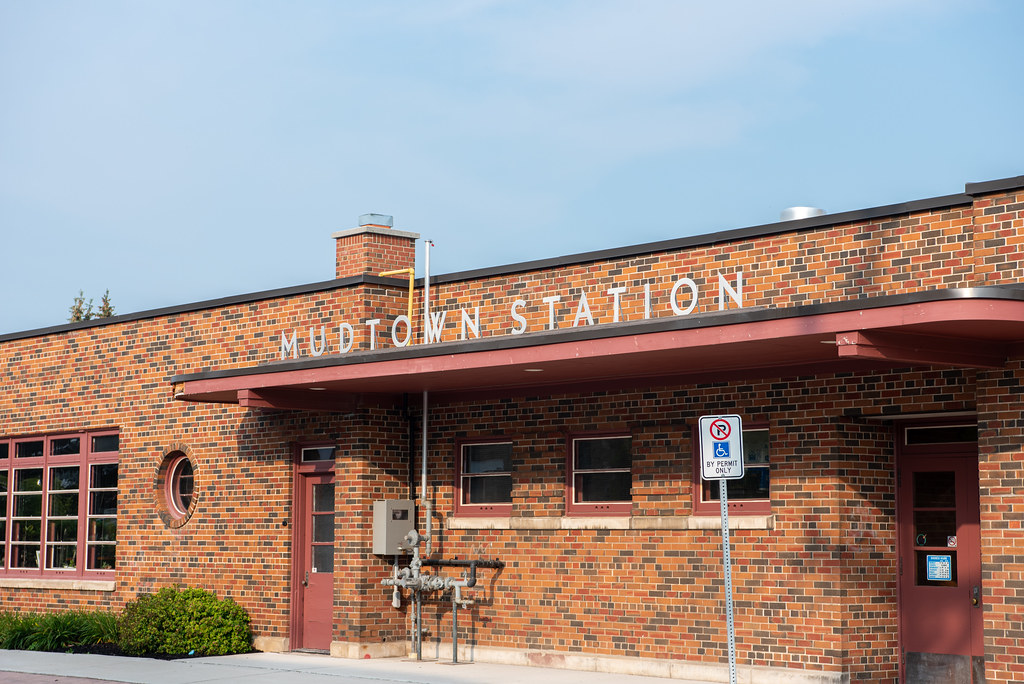
Nikon D750 – AF-S Nikkor 28-70mm 1:2.8D
Aside from the steep climb, the problem with Owen Sound is that the harbour could not support the larger ships operating on the Upper Great Lakes. There was also the matter of the area of Owen Sound, where all the Canadian Pacific facilities were located. Known as Mudtown, the site is noted for its seedy reputation, speakeasies and brothels mixed into the industry. In 1905, Canadian Pacific began to build new facilities in Victoria Harbour (today, Port McNicoll). When a fire in 1911 destroyed both grain elevators at Owen Sound, Canadian Pacific decided not to replace either. In 1912, they opened their new Port McNicoll facilities and transferred all steamship operations there. While that reduced services at Owen Sound, passenger and freight train services continued with a weekly steamship calling at the docks. The low traffic line made it a strange choice to try a new station style in the post-war era. Architect Collin Drewitt took from art-deco and post-war modernism to develop a sleek new design ethos for Canadian Pacific Stations. Six such stations made up the pilot project, but the station at Owen Sound stood out among the rest. Drewitt took in some elements of Owen Sound’s marine heritage that would go into the design. The new station sat low with a single-storey limestone, red brick exterior with steel accents. A tall limestone pillar stood up from the flat tar roof, looking like a ship’s prow, with several windows being round to evoke the idea of a ship’s port-hole. Additional long narrow windows and glass blocks gave a sleek modern style. The interior featured a large general waiting room with birch wood panelling, steel and fluorescent lighting on the wall. Canadian Pacific included extruded steel furniture with vinyl covering, steel frame ticket windows and a red quarry tile floor. Interior washrooms and an oversized freight and baggage area completed the station. The new station opened in 1946 as the largest and most ambitious of the six-station pilot. The station became a popular sport for Dayliners, and even after the age of steam, the yards remained intact, even the small roundhouse. But as passenger traffic slowed, the last Dayliner left the station in 1970; the station continued to be used as an office until 1994.
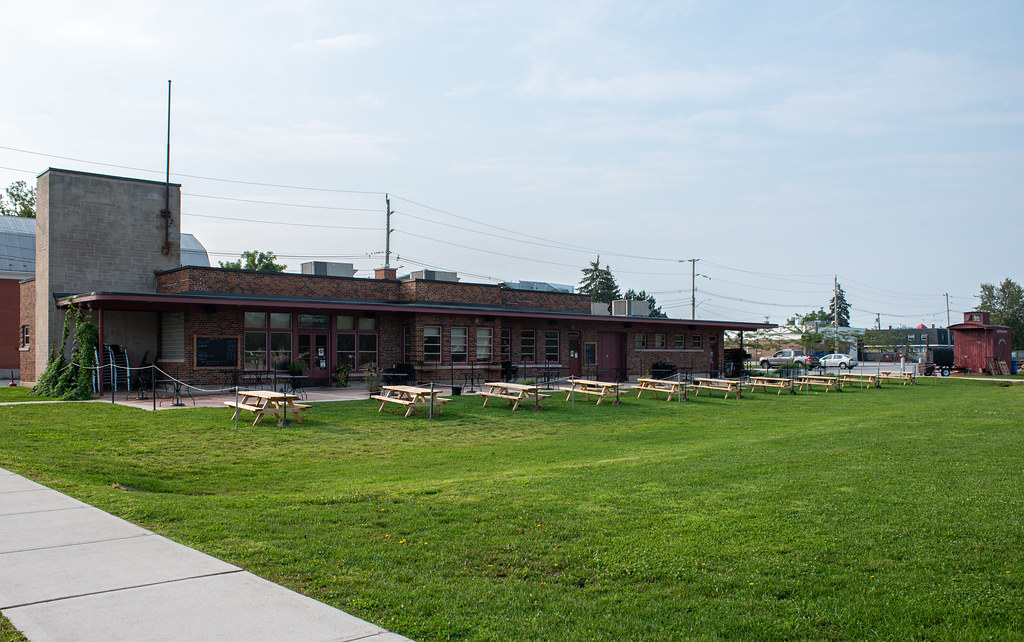
Nikon D750 – AF-S Nikkor 28-70mm 1:2.8D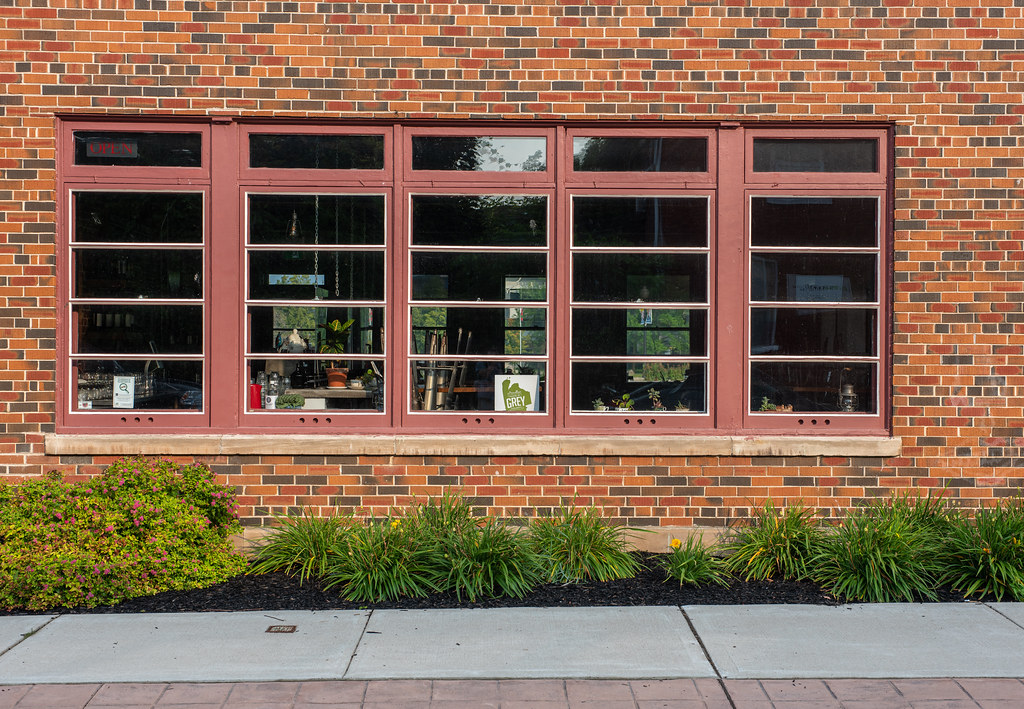
Nikon D750 – AF-S Nikkor 28-70mm 1:2.8D
As Canadian Pacific began to demolish any surviving buildings in their yards, seeing a chance to salvage the only surviving station of the type, the Federal Government granted heritage status to the station in 1995. Canadian Pacific agreed, locking the doors and handing the keys over to the Federal Government. The Feds put the station in the care of Parks Canada as the best example of post-war modernism. Sadly, no tenant could be found to take over the station, and the station slipped further into disrepair. Owen Sound took over the station in 2010, buying it from the Federal Government and putting some money into exterior repairs, mainly the roof. A Doors Open Event in 2013 opened the station up to the general public for the first time since 1970, and a wealth of rail memorabilia was contained inside. Almost everything remained intact, and the City Council began looking for a tenant to restore the building. One project stepped forward in 2014, but after two years of inactivity, the project fell through. Thankfully another partnership was waiting in the wings. Morag Kloaz and Tyler Cunningham presented the idea of a conversation in a restaurant and craft brewery in 2017. With the proposal accepted, the two undertook a new journey in the conversion of the station. The station’s interior remained intact, and the partners took great care in preserving everything from the wooden panelling, interior light fixtures, and even the washroom fixtures. Abatement cleared the station of asbestos; the passenger areas became the dining room right down to original furnishings. The freight and baggage area became the brewing and kitchen space. Mudtown Station had an award-winning opening in 2018 and today offers excellent gastropub food, superb in-house brews, and other beers from local craft breweries. While a little bit outside of downtown, it’s well worth a walk or drive down to enjoy the food and the collection of memorabilia.
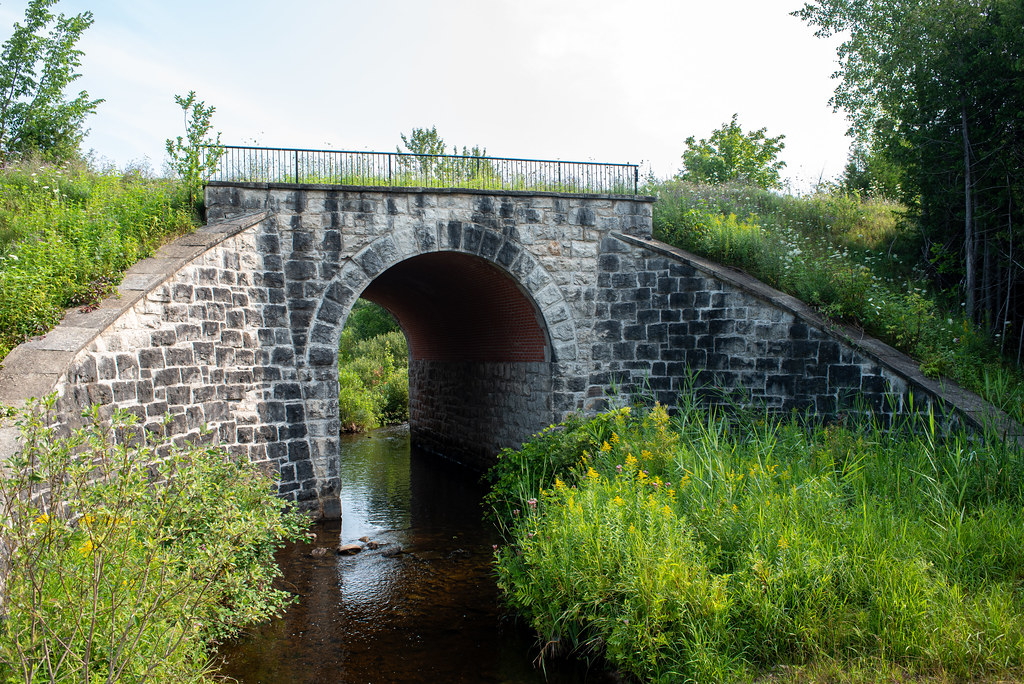
Nikon D750 – AF-S Nikkor 28-70mm 1:2.8D